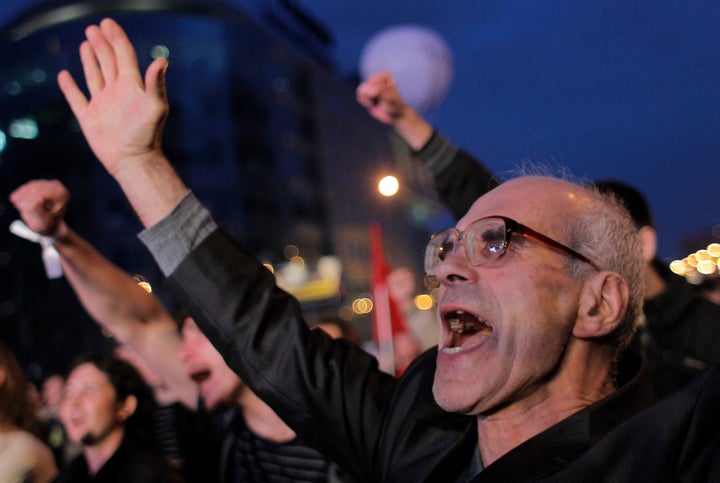
MOSCOW ― “Rossiya bez Putina!” “Rossiya bez Putina!” “Russia without Putin!” “Russia without Putin!”
In today’s Putin-dominated world, it’s difficult to imagine a time when chants calling for a Russia sans Vladimir could be a reality, when the Russian president wasn’t automatically deemed a force for global order (or disorder). But there was a time not too long ago when Putin was publicly disliked ― and when Russians like myself made that known on the streets our nation.
The anti-Putin protests began less than a week after the party of then-Russian Prime Minister Vladimir Putin clinched an unexpected parliamentary majority in December 2011. In the depths of winter, it appeared that the man already so embedded in the nation’s core identity for the past decade or so was here to stay, even after losing ground in what had looked like a setback for his United Russia party. A number of citizens and observers believed the results to be unfair, even rigged. So we came out on the streets that 10th day of December, crowding Moscow’s Bolotnaya Square in mass demonstrations that shocked analysts and Kremlin critics alike.
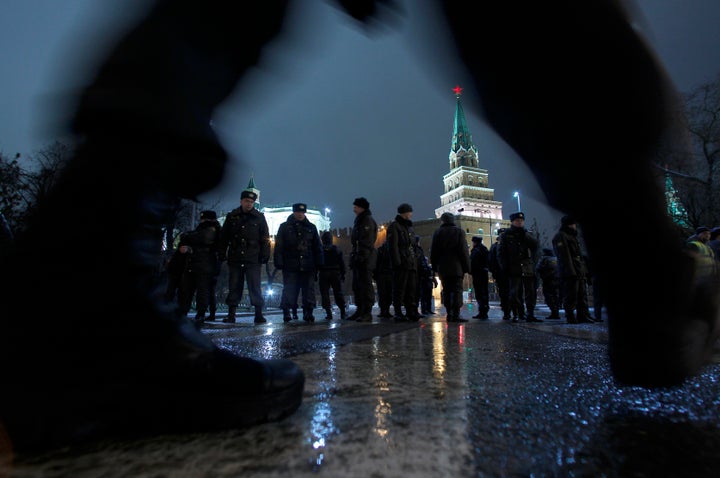
Now, a little over five years later, I, and many other Russians, are reminded of that winter day and those that followed as we watch the chaos unfolding in America as many in the country react to the reality of a Trump presidency with a mixture of disbelief and outrage.
Indeed, the days of “Russia without Putin!” have molded into an American context ― “not my president!”
Now that President Donald Trump is officially the leader of the United States, it seems the parallels between Russia and America are increasing. During his election campaign, Trump was often compared to Putin. His mannerisms, his unpredictability and the way he fought his political opponents were characteristics media outlets pointed out that made these two more than just a political “bromance.” If that says anything about the future, Americans should take note.
From Russia with protests

The era of Donald Trump, much like 2011 after Putin’s parliamentary victory, was ushered in by public dissent. As people marched on the streets of America for women’s rights and human rights and rights they felt this new president was not embodying with his rhetoric and his controversial executive order, my mind instantly turned to Russia a few years ago. There were so many of us. As we marched, I had hoped that such demonstrations could bring about change to our country. That those who had liberal ideas about freedom of speech, transparency of government and the rule of law could finally be heard.
It may seem like Putin’s always been in control, in full force riding in bare-chested on horses, but those who know Russian history know Putin started one of his terms the same way as Trump – with crowds in Moscow saying that they don’t see him as their new leader and expressing doubts about his legitimacy with the slogan “for transparent elections!”
Back then in the last month of 2011, tens of thousands of people flooded the streets of Moscow and thousands more in other Russian cities. The criticism of Putin, who had been in power for so long, had grown in recent months after the then-prime minister had announced that he would be again running for president. By the time the parliamentary elections came, Putin’s dwindling popularity seemed to foreshadow a different result in the election. When he was victorious still, people called fraud, fearing the upcoming presidential election was all but decided already.
Russians had been relieved of him as their main leader for a few years, and now that Putin was back, a number of them were frustrated. They were tired of seeing the same figures in power for many years and so the protests continued almost every month from December until May, when Putin was sworn in as president. This anti-government movement, which began in the winter and came to be known as the Snow Revolution, was the biggest protest of its kind here since the fall of the Soviet Union in the early 1990s. But activists also represented a minority of the overall population, the rest of which seeing no other leader to take charge, default supported Putin.
Ultimately, the revolution couldn’t reach its goals of a more democratic parliament, presidential elections and freedom of political prisoners. When they saw that the government was not willing to negotiate any of their demands, people started to get discouraged, and the protests became smaller and smaller. In the end, after the last demonstration ― “March of Millions” ― on the eve of Putin’s inauguration, some participants were taken to prison and laws regulating the right to organize were restricted.
Eventually, Putin won more support, with the invasion of Crimea boosting his popularity where it was lacking. Many who had doubted his competence saw the annexation as an indication that Putin was a real leader bent on bringing Russia back to the glory days of the USSR. Even so, he had been startled and challenged if not dethroned ― he was not invincible.
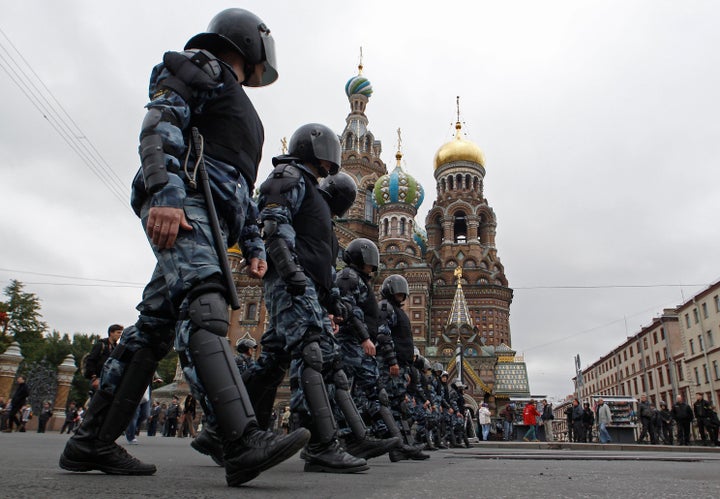
Having only been in office just shy of three weeks, it’s difficult to say how similar Trump and Putin’s situations will continue to be. Of course, Donald Trump, with much less political experience than the Russian leader, hasn’t followed the exact same track as Putin. He hasn’t begun arresting peaceful protesters yet (though journalists were held and charged) or banning them altogether. But he does already show interest in using some more controversial methods during criminal investigations and tries to silence his critics under the cover of “fake news” or by lying about the size of his inauguration crowd, something Russians with Putin propaganda prevalent, are all too familiar with.
If U.S. citizens don’t want to let the situation escalate, if they want to make their efforts on the streets not be in vain, they may find it useful to hear what some Russians who once protested Putin have to say.
Here are three pieces of advice those who once rallied against Putin have for coping with Trump:
1. Hold your leaders accountable and don’t stop protesting ― even against legislation ― because no protest is too small
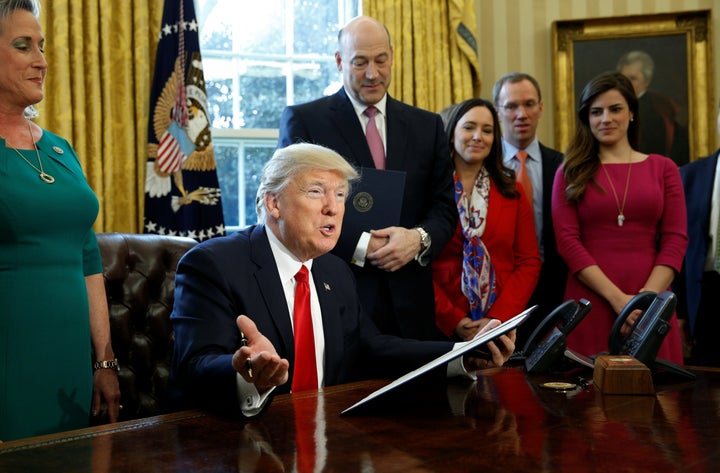
“It will be horrible for [the] U.S. and Americans if Trump start[s] treating political protests the way Putin does,” Peter Krasunin, a 42-year-old journalist from Moscow who participated in the 2011 anti-Putin demonstrations, told me. “In Russia, after the Snow Revolution, many people taking part were taken to prison with fake charges for a couple of years, and legislation was changed to make it harder to organize any demonstration.”
According to Krasunin, U.S. citizens should be ready to protest all the time, to protest more, in case Trump’s administration starts any process of prosecuting opponents the way it was done in Russia ― one of those with a false or unfair charge, he said, was sentenced in 2012 and released just recently, after the end of his jail term.
People in America also must be cautious of their leaders, said Irina Protasova, 31, who works at a startup in St. Petersburg and participated in that city’s 2011 protest. You need to be sure that they really have the same goals as you do, and that you can trust them, she explained. And that goes for anti-government organization, too.

“In Russia, [in the years] 2011 to 2012, leaders of [the] political opposition couldn’t really head the protests and offer people any positive program, and that’s also why Russians stopped protesting at some point.”
Michael Gololobov, 23, an accounting clerk from Moscow who was also a participant in the Snow Revolution demonstrations in the Russian capital, explained that it’s also important not to forget about everyday protest activities, because even little things can change a lot.
“In Russia after [the] Snow Revolution ha[d] failed, people changed their political declarations into practical ones – we started fighting against power abuses on local levels through establishing different unions of people who care about their yards, their roads, their schools and tr[ied] to prevent abuse of their rights,” he said.
2. Stop the media hysteria
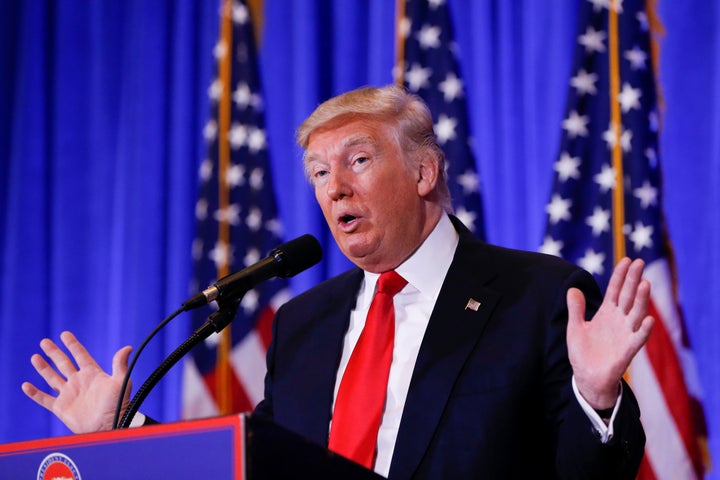
During the U.S. presidential election American media tended to slant coverage with the assumption that Hillary Clinton would be victorious. The pollsters ended up being pretty wrong. Now outlets have to face the reality of how to cover the news Trump produces, however eccentric it may seem. And the way Trump treats journalists can already be seen as similar to Putin’s style.
Putin and Trump organize their press conferences with the same tactic ― ignore questions that they don’t like and provide news that isn’t newsworthy to distract from what is important. Trump uses Putin-esque propaganda methods, for example, providing “alternative facts” about the size of his inauguration crowd. Putin, similarly, in his speeches often uses economy figures that are a bit better than real ones, or intensifies the facts that are positive about him in order to paint a more favorable picture of himself and the state of his country.
Like with all of Trump’s statements about how he always makes “great” deals, Putin also often exaggerates any reaction Western countries give to Russia, creating a sense that he is so respected in the West. And the list goes on. So, for those Russians who still oppose Putin and are familiar with his tricks, it’s not hard to give advice to U.S. media. Bottom line, they say: it’s best to keep to your role and save your voices.
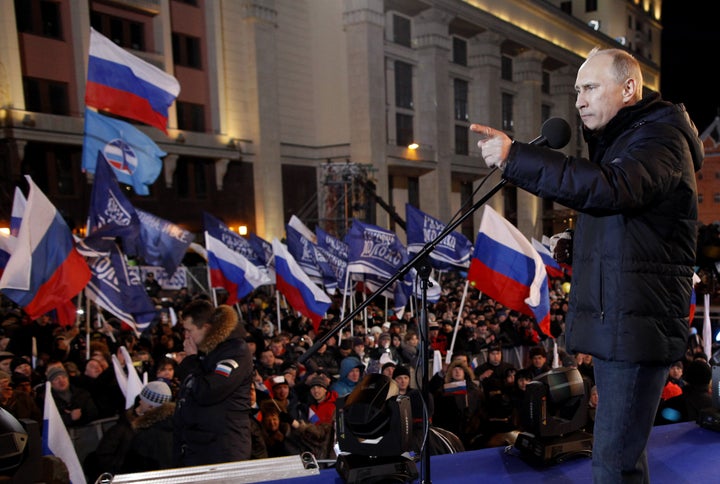
“It seems that Trump is going to use a lot [of] what he calls ‘alternative facts,’ simply lies or overstatements,” Pavel Kalinin, a 26-year-old journalist from St. Petersburg, said. “Don’t give him space to do that, find news and stories from other sources, which you can trust. Even in Russia, where [the] government dominates a lot of spheres of life, there are still people who went on saying just facts, and I am sure that in [the] U.S., where the power is much more decentralized, there are even more of them.”
But it is also important for media, according to Maria Stepnova, a 34-year-old historian from Moscow who participated in anti-Putin demonstrations in 2012, not to overdo with a negative agenda, even during hard times.
“We have a few media in Russia, like Novaya Gazeta or RBC, who are doing a great job, investigating Putin’s regime crimes, but this news [is] lost in tons of less important but also negative news which they give to their readers all the time. People can’t be scandalized permanently,” she explained.
3. Don’t try to find logic in the ideology

Though Trump is a president under the Republican party, he was never really a genuine supporter of its doctrine. Some years ago, in fact, he was a Democrat. Now, he is even more right, with his chief political strategist, Steve Bannon, formerly of right-wing outlet Breitbart News. What Trump is doing with his political shuffles can be seen as a mixture of different positions ― a Republican in terms of protectionism in the economic sphere, and a populist, attractive for the “marginalized” voters in the political sphere.
The same is true for Putin. For many years, media here and in the West tended to paint the Russian leader as a conservative figure who cared about traditional moral values or a nationalist obsessed with ethnic pride and dividing people according to their home country. But Russians who have observed Putin for many years say it’s not so clear cut.
“There is no way Putin can be called nationalist if you know Russian reality even a little bit,” said Alexandr Gronov, 53, a taxi driver from Moscow, who protested in 2011 against Putin. “We have open borders with many southern ex-Soviet republics and around 10 million people from them live and work in Russia.”
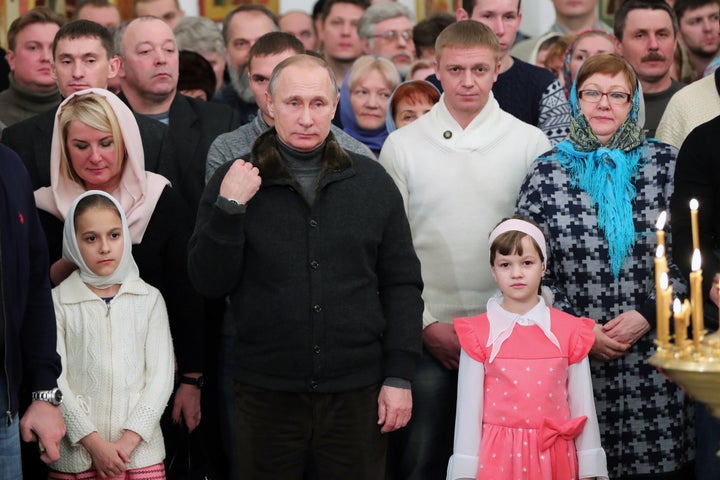
According to Gronov, with Putin and people like him, it’s important not to brand them under a set ideology, but always to follow their concrete actions and their consequences. Putin wasn’t always what he seemed, and neither is Trump. The same situation is true of Putin if you ask people if they consider him a conservative.
“He may now visit services in churches, but I am sure he goes there only in public eye,” Igor Pechuev, a 37-year-old dentist from Moscow and Snow Revolution participant, explained. “He was born in [the] USSR, where any religious view[s] were prosecuted and was working in [the] KGB, which in every country is the place for the most earthy people. So his connections with [the] Russian Orthodox Church are very pragmatic ― he sees it as the force which can be [an] alternative to the government in Russia, and that is why he wants to cooperate with it.”
You need to look at the alliances of such leaders, figuring out with whom they make a team, but also remember that their ideology, especially if it’s not so defined, can change with the new team, Pechuev added. Putin and Trump may not be the church-going people, but if it benefits their political plans or base, and their team feels strongly, they go.
Protests in perspective

The Russians that offered their advice to Americans here all participated in the Snow Revolution and remain anti-Putin in their views. Because they see a similarity between their leader and Donald Trump, their views towards Trump are noticeably negative as well. They see the shock to the system a few years ago in Russia happening in America, on a scale that could mean bigger things to come. But it’s important too for Americans to take their advice and lessons from Russia’s failed opposition protest in context.
Even though mass demonstrations have taken place in both countries, there exist a great number of Putin and Trump supporters as well. Putin’s rating of trust, counted by one of the main Russian public opinion research centers, VTsIOM, is now quite high, despite continuing sanctions and the war in Syria. And according to the Russian research institute Romir, 33 percent of Russians said they would vote for Trump early during the U.S. presidential campaign. Now, with the help of state TV channels that portray him as a powerful leader and a person who will try to solve the problems left by the previous administration, Trump’s Russian audience will grow. That popularity in Russia may in fact become an additional argument for Americans already on edge to oppose Trump, seeing similarities with Russia as too close and too dangerous.
But let’s not forget that while in Russia protesters were gathering by the thousands to defy Putin, in the U.S., they are coming by the millions to defy Trump. Perhaps it is only a matter of time before the experience of the U.S. and my home country overlap. But unlike the Russians, maybe the Americans will prevail in the end.
